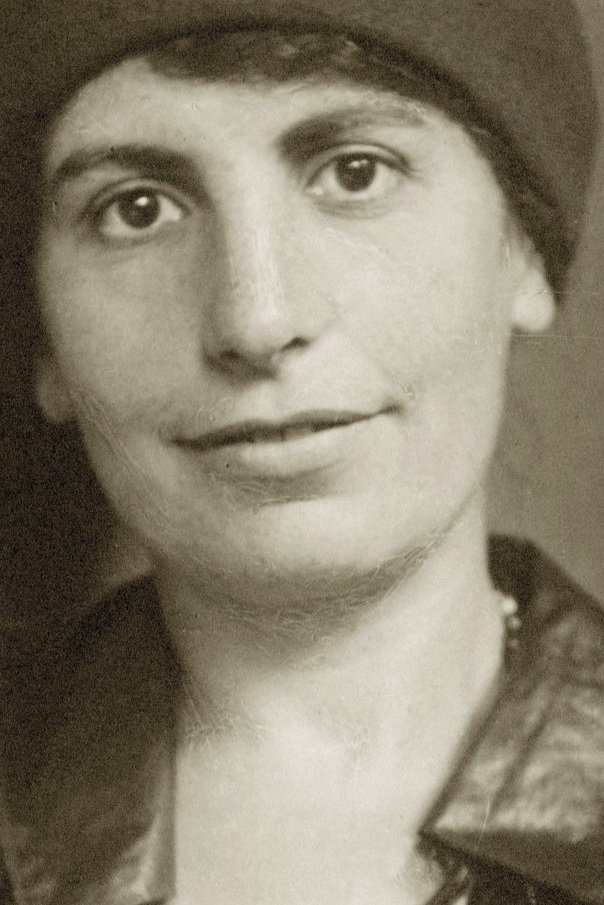Sigmund Freud's Psychoanalytic Theory: A Comprehensive Overview
Sigmund Freud, often referred to as the father of modern psychology, revolutionized our understanding of human behaviour through his psychoanalytic theory. His theories about the unconscious mind, the structure of personality, and the importance of early childhood experiences remain foundational in both psychology and popular culture today. This article will delve into Freud’s psychoanalytic theory, exploring its historical context, key concepts, significant research contributions, controversies, and its enduring impact on contemporary psychology.
Understanding the Mind Through Freud's Lens
Imagine being driven by desires and fears you're not consciously aware of—acting on impulses you cannot fully explain. This is the crux of Sigmund Freud’s psychoanalytic theory: that much of human behaviour is shaped by unconscious forces. In the late 19th and early 20th centuries, Freud introduced ideas that challenged conventional wisdom about the mind, personality, and human behaviour. Though some of Freud's theories have been critiqued or revised, his legacy endures in various psychological practices, including psychoanalysis, therapy, and even in our everyday language.
The psychoanalytic theory explores how unconscious thoughts, memories, and desires shape our conscious experiences. Freud believed that uncovering these unconscious elements could lead to greater self-awareness and personal growth. Let’s take a closer look at the core concepts of Freud’s theory and its broader implications.
The Structure of Personality: Id, Ego, and Superego
At the heart of Freud's psychoanalytic theory lies his model of the human personality, which is divided into three interrelated systems: the id, the ego, and the superego.
The Id: The Primitive Urge
The id is the most basic part of the psyche, operating on the pleasure principle. Freud described it as the source of all instinctual drives and desires, seeking immediate satisfaction without regard for reality or consequences. For example, when you’re hungry, the id demands food, disregarding the time, place, or appropriateness of the situation. It represents our primal urges for pleasure and survival, including desires for food, sex, and aggression.
The Ego: The Rational Mediator
The ego develops from the id and operates on the reality principle. It seeks to balance the desires of the id with the constraints of the external world. In other words, while the id wants immediate gratification, the ego helps us navigate the real world by making decisions that are realistic and socially acceptable. If you’re hungry but are in the middle of an important meeting, your ego might decide that waiting until after the meeting is the best course of action.
The Superego: The Moral Compass
The superego represents internalized moral standards and ideals, often referred to as our conscience. It develops as children grow and learn societal rules and values, often through parental influence. The superego strives for perfection, guiding us to behave in ways that align with moral and ethical standards. When the id’s desires conflict with moral considerations, the superego steps in, generating feelings of guilt or shame if we fail to live up to its ideals.
The Dynamic Interplay
The dynamic interaction between these three components is what drives human behaviour, according to Freud. Ideally, the ego mediates the desires of the id and the demands of the superego. However, when the balance is disrupted, psychological conflict can occur, often manifesting as anxiety, neuroses, or maladaptive behaviours.
The Unconscious Mind: The Key to Human Behaviour
Freud’s idea of the unconscious mind was ground-breaking. He argued that much of human behaviour is influenced by unconscious thoughts, desires, and memories. Freud believed that our conscious mind—the thoughts and feelings we're aware of—is just the tip of the iceberg, with the unconscious mind lying beneath the surface.
Repression and Defence Mechanisms
One of Freud’s most important concepts was repression, the unconscious process of blocking out distressing thoughts or memories. He suggested that traumatic or anxiety-provoking experiences are often repressed into the unconscious, leading individuals to forget or deny painful experiences. Over time, however, these repressed memories can influence behaviour in unexpected ways.
To cope with internal conflicts, Freud proposed that individuals use defence mechanisms—psychological strategies to protect the ego from anxiety or unacceptable desires. Some common defence mechanisms include:
Denial: Refusing to acknowledge painful realities.
Projection: Attributing one's own unacceptable feelings to others.
Rationalization: Offering logical reasons to justify irrational behaviour.
Displacement: Redirecting emotional impulses toward a less threatening target.
These mechanisms help maintain psychological equilibrium, but Freud believed they could also contribute to maladaptive behaviours and neurotic conditions.
Dream Analysis
Dreams were another critical element of Freud’s theory, which he saw as a "royal road to the unconscious." In his seminal work, The Interpretation of Dreams (1900), Freud argued that dreams are expressions of unconscious desires and repressed memories. He developed a method of dream analysis to help uncover hidden meanings, where manifest content (what actually happens in the dream) is interpreted to reveal latent content (the hidden, unconscious thoughts or desires).
For instance, dreaming of flying could represent a desire for freedom or escape, while dreams of being chased might symbolize avoidance of anxiety-provoking emotions.
Psychosexual Stages of Development
Freud also believed that human development occurs in distinct psychosexual stages, each centred around a particular erogenous zone (an area of the body that provides pleasure). How individuals navigate these stages—both the satisfaction and frustration of desires—was thought to shape their personality.
The Stages
Oral Stage (0–1 year): Pleasure centres on the mouth. Fixations here can lead to issues like smoking or overeating later in life.
Anal Stage (1–3 years): Focus shifts to the anus, where the child learns control. Problems here might manifest as either excessive orderliness or messiness in adulthood.
Phallic Stage (3–6 years): The focus is on the genital area, and Freud believed children develop unconscious sexual desires for the opposite-sex parent (the Oedipus complex for boys and the Electra complex for girls).
Latent Stage (6–12 years): Sexual impulses are dormant, and children focus on developing social and intellectual skills.
Genital Stage (12+ years): Maturation of sexual interests and the development of mature relationships.
Freud argued that unresolved conflicts at any stage could lead to fixations, which could later manifest in certain personality traits or behaviours.
Contributions to Therapy: The Rise of Psychoanalysis
Freud’s psychoanalytic theory also laid the groundwork for the practice of psychoanalysis—a method of treatment designed to explore unconscious conflicts through techniques like free association, dream interpretation, and analysis of transference (the projection of feelings from one person to another, especially from client to therapist).
One of Freud's most influential ideas was that psychological distress could be treated by bringing unconscious thoughts and memories into conscious awareness. This process, he believed, could help individuals resolve inner conflicts, gain self-awareness, and alleviate psychological symptoms.
Application in Therapy
In clinical settings, psychoanalysis became a prominent approach for understanding and treating disorders such as anxiety, depression, and phobias. While contemporary therapeutic practices have evolved, Freud’s influence is still felt in psychodynamic therapy, which shares the emphasis on unconscious processes and childhood experiences.
Criticism and Contemporary Relevance
While Freud’s psychoanalytic theory has been ground-breaking, it has also faced significant criticism over the years. Critics have argued that his theories are overly deterministic, often emphasizing childhood experiences and unconscious forces while neglecting the role of current social and environmental factors. Furthermore, Freud’s reliance on case studies, rather than empirical research, has made it difficult to scientifically validate many of his ideas.
Despite these criticisms, Freud’s ideas continue to influence various fields. Contemporary psychology has moved away from his more controversial notions, such as his views on sexuality, but many of his insights remain relevant. For example, the idea of unconscious motivations continues to shape research in cognitive psychology and neurobiology, where the unconscious mind is seen as a key area for exploring decision-making and automatic processes.
Simply Put
Sigmund Freud’s psychoanalytic theory fundamentally altered the course of psychology, introducing concepts that continue to inform both theoretical research and clinical practice. While some of his ideas have been contested or revised, his work on the unconscious mind, the structure of personality, and the importance of early childhood experiences has left an indelible mark on psychology. Today, Freud's legacy lives on in psychodynamic therapy, the study of defence mechanisms, and the broader conversation about the unconscious forces shaping human behaviour.
In the end, Freud’s psychoanalytic theory offers a compelling, though controversial, lens through which to understand the complexities of the human psyche. Whether or not one subscribes to his views entirely, Freud’s exploration of the unconscious remains a fascinating chapter in the ongoing story of human self-discovery.
Need this for an assignment?
Download this article as a clean, printable Simply Put Psych PDF ↓
This PDF unlocks after a short ad. Close the ad when it finishes to get your download link.















